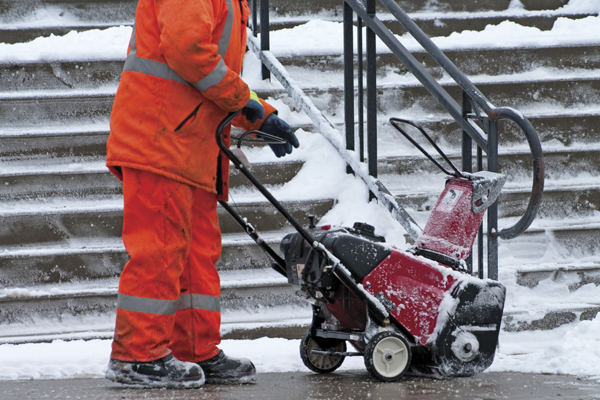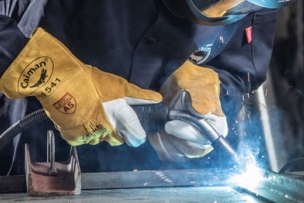Workers who are exposed to extreme cold or work in cold environments may be at risk of cold stress. Extremely cold or wet weather is a dangerous situation that can cause occupational illness and injuries such as hypothermia, frostbite, trench foot, and chilblains.
Hypothermia
A condition in which the body uses up its stored energy and can no longer produce heat. Often occurs after prolonged exposure to cold temperature.
Early symptoms
- Shivering
- Fatigue
- Loss of coordination
- Confusion and disorientation
Late symptoms
- No shivering
- Blue skin
- Dilated pupils
- Slowed pulse and breathing
- Loss of consciousness
First Aid
- Request immediate medical assistance.
- Move the victim into a warm room or shelter.
- Remove wet clothing.
- Warm the center of their body first—chest, neck, head, and groin—using an electric blanket; or use skin-to-skin contact under loose, dry layers of blankets, clothing, or towels.
- If conscious, warm beverages may help increase the body temperature. Do not give alcohol.
- Once temperature has increased keep them dry and wrapped in a warm blanket, including the head and neck.
- If no pulse, begin CPR.





Talk to Us!
This safety exercise was just awesome excellent thank you for sharing all these wonderful tips with the city of Houston you guys have covered all. I, certainly appreciate you thank you
18Colleen, Thank you for visiting Better MRO and for the positive feedback!
16Leave a reply
Your email address will not be published. Required fields are marked *